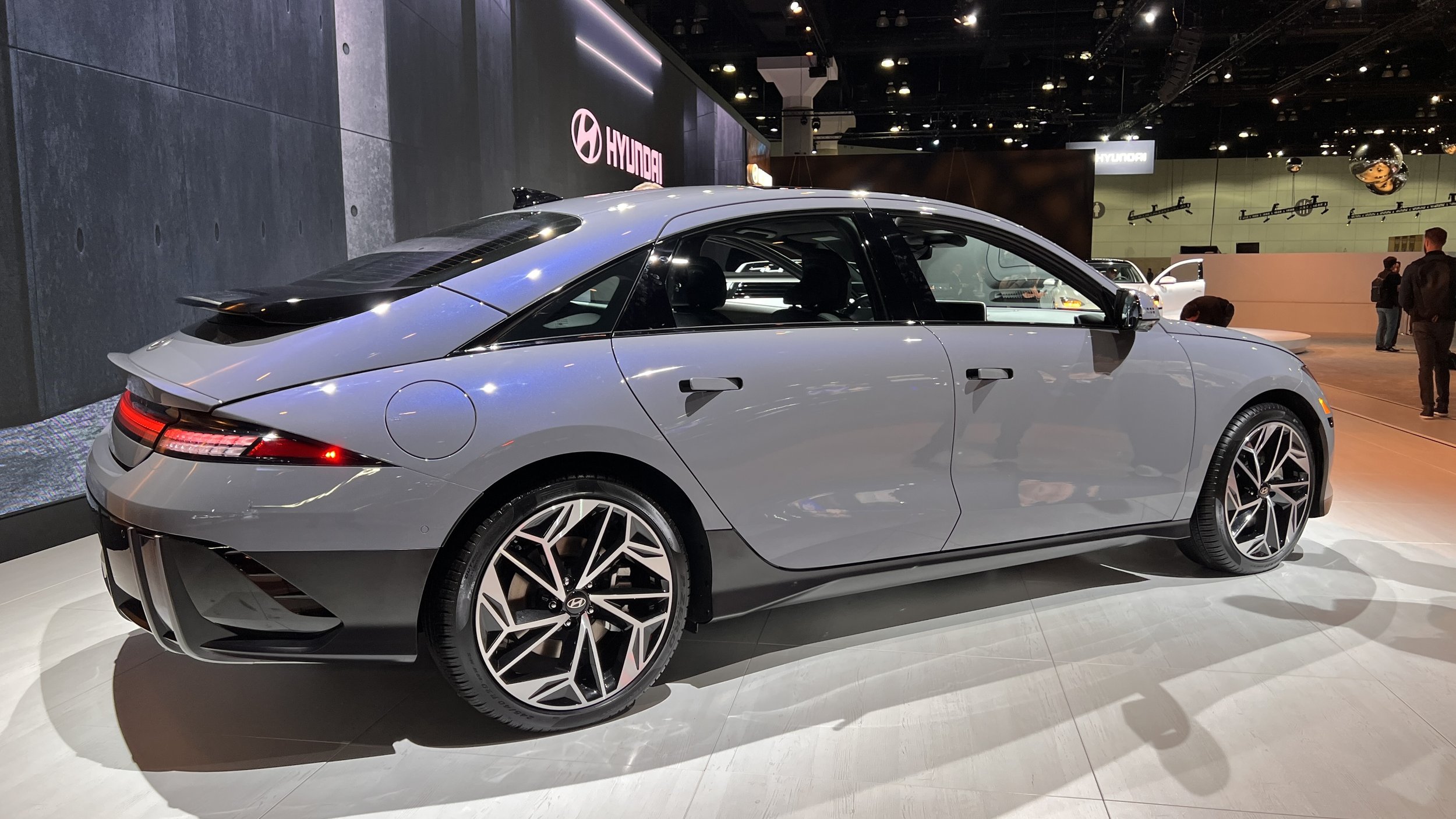Electric buzz at rural fest
/Electric can be a sore point for farmers, but a major Fieldays’ backer is showing them the way regardless.
AN event that has potential to be a ground zero whinge-fest for those against the ute tax and New Zealand’s political push toward getting Kiwis into electric cars has not kept a major supporter from using it for an unveiling of its next battery-pure car.
Star of the Hyundai New Zealand stand at the national Fieldays at Mystery Creek, Waikato, opening tomorrow is an example of the Ioniq 6, the sedan sister to its landmark electric Ioniq 5 hatchback-styled sports utility that has become a popular seller and holds status as current New Zealand Car of the Year.
Hyundai New Zealand has committed to selling the ‘6’ and is using the country’s biggest rural show as an opportunity to take registrations of interest and even pre-orders, despite it not being prepared to share pricing or when it will become available, except to say this will occur in summer – so, at some point between the start of next month and end of February.
Conceivably, the sedan that Hyundai has configured as a competitor for the Tesla Model 3, which unlike the Korean product has achieved as a national best-seller in some months of new cars sales, will cost slightly as much as, if not slightly more than the Ioniq 5, which ranges from just under $80,000 – the cut-off for Government’s electric vehicle rebate scheme – to a hefty $117,000.
The Ioniq 6 is more extravagantly styled and provisioned than its sister model, but more importantly to some has even superior range. Hyundai claims it will deliver a maximum 614 kilometres’ driving before requiring replenishment.
That’s about 100kms’ more than the most efficient Ioniq 5 and is an advantage largely resulting from the sedan having a low-drag body design, with a class-leading co-efficient of drag of just 0.21.
The also builds on the E-GMP 800 volt platform that also underpins the Ioniq 5, the Kia EV6 and a car from Hyundai’s luxuty marque, Genesis, which is expected to return to NZ.
E-GMP allows for super-fast recharging, where that is provisioned. So far, New Zealand has just a handful of the 350kWh public chargers that will see the car recharge from 10 to 80 percent in less than 30 minutes. These are in the North Island; some around Auckland, the southernmost in Taupo. Most public rechargers suitable for the car top at 50kWh; so replenishment requires a lot more time.
Hyundai NZ is also promoting that the car uses sustainable materials created from recycling; the carpets, for instance, are made from repurposed fishing nets. It also has vehicle-to-load, meaning it can recharge electrical items, even another electric car.
It is understood the Ioniq 6 Hyundai is displaying is a pre-production car that is normally in the care of Hyundai Australia.
Hyundai NZ chief executive Andy Sinclair says the Ioniq 6 is a vehicle for its time.
The Clean Car legislation, which already penalises high CO2 and from January will start to target distributors of those models, has been a sore point with farmers, whose complaints include the lack of suitable electric models for their workplace, particularly electric utilities.
Hyundai NZ has gumboot involvement in rural life; it sponsors the popular Country Calendar television show and, in the past, has provisioned rural supplies brands with its Santa Fe sports utility.
The Ioniq 6 is far more of a city slicker – it’s a pure road car, with absolutely no off-seal capability claimed.




















